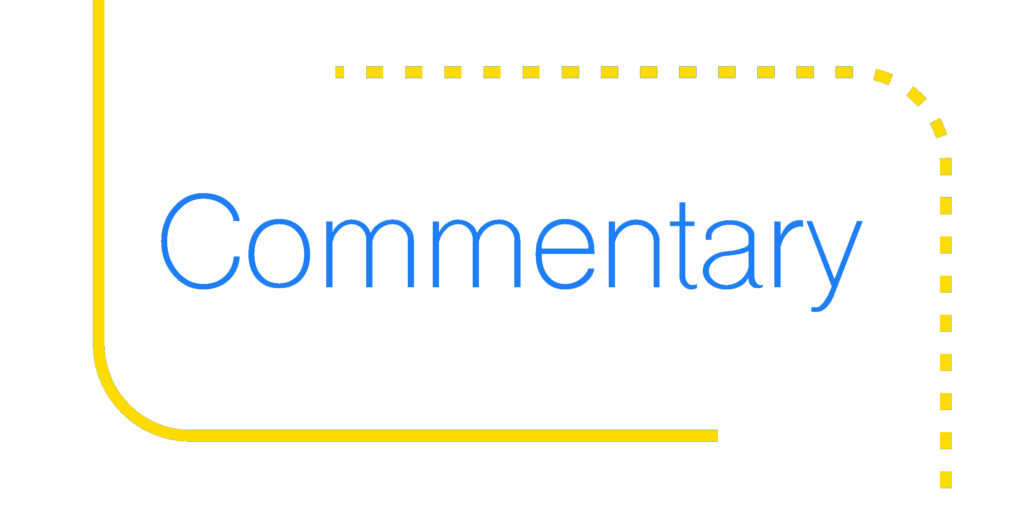Washington Watch is produced by the AACC office of government relations and policy analysis.
Each U.S. President since 1994 has proclaimed November American Indian and Alaska Native Heritage Month. At this time of celebrating the indigenous population and its contribution to the culture of the United States, it is evident that the present situation, even prior to the pandemic, is troubling; during the pandemic dire.

How much do we know about this population? Some things about American Indian and Alaska Native (AI/AN) households we can learn from the U.S. Census Bureau. Including those of more than one race, American Indians and Alaska Natives numbered 6.9 million in 2019, of whom about 4.2 million were single race AI/AN, representing about two percent of the U.S. population. Their small number belies the diversity of the AI/AN population. According to the Census Bureau, in 2020, there were 574 federally recognized Indian tribes in 35 states. There are also 324 reservations.
Single race American Indians and Alaska Natives are more likely than the general population to have never married, to have a disability, to be a veteran, and to live in poverty. They are less likely to be in the labor force, to have earned a bachelor’s degree or above, and to live in a household with a computer or a broadband internet subscription.
Lagging in postsecondary education
The 2019 American Community Survey shows that there is an even split (50-50) in the proportion of American Indian and Alaska Native adults 25 years and over who have at least some college as the highest level of educational attainment as those with a high school diploma or less.
This contrasts to the general population, in which the balance tilts in favor of the percent of adults with at least some college 62 percent versus 38 percent with no more than a high school education. Only in the case of associate degree earners, is the percent of American Indian and Alaska Native adults higher than the general population, 34 percent as opposed to 25.9 percent, respectively.
Important role of community colleges
There are tribal and non-tribal postsecondary institutions that serve large swaths of AI/AN students. More than 30, mostly public, tribal colleges and universities are affiliated with federally recognized tribes. In addition, to be designated an Alaska-Native Serving Institution the enrollment of AN students must be 20 percent or higher. Native-American Serving Non-tribal institutions must meet the threshold of AI students representing at least 10 percent of enrollment.
Community colleges, which account for most TCUs and AI/AN-serving MSIs, are of paramount importance to American Indians and Alaska Natives. For most, community colleges provide the only opportunity for a postsecondary education and for others, the springboard to further education.
In Fall 2018, AI/AN students represented about one percent of the students enrolled at community colleges, yet accounted for 57 percent of the total number of AI/AN students enrolled across all postsecondary institutions.
Of all the associate degrees awarded to AI/AN students, 82 percent were earned at community colleges as were a majority of all sub-baccalaureate certificates.
Impact of pandemic
Even prior to the COVID-19 pandemic, the enrollment of AI/AN students declined at a faster pace than other student populations across all higher education sectors, including community colleges. That trend has continued during the pandemic.
The most recent National Student Clearinghouse enrollment data available for about three-fourths of all institutions show that AI/AN students experienced the highest percent enrollment decline of all race and ethnic groups in Fall 2020. The decrease in AI/AN undergraduate enrollment was more than twice that of the overall undergraduate enrollment, -9.6 vs. -4.4 percent. Public-two-year institutions experienced the highest decrease in enrollment and the leading group was AI/AN students, whose decrease was 13.1 percent, compared to an overall decline of 9.5 percent. Moreove, AI/AN males had the greatest decline of 20.1 percent, followed by 19.2 percent African American males, and 16.6 percent Latinos.
The AI/AN population faces multiple challenges, including a disproportionate number of COVID-19 cases (2.8 times) and hospitalization (5.3 higher) than the white population and less access to digital technology and broadband. Yet, tribal colleges have remained resourceful in helping their students not only acquire skills for the workforce, but serving as community cultural centers to “preserve their culture, history and language.”
The policy landscape
The only federal stimulus funding to help individuals, companies, schools and postsecondary institutions, among others, deal with pandemic related problems passed in March 2020. Under the CARES Act, a little more than $12 billion was distributed directly to higher education institutions. No new stimulus legislation has been enacted. The American Association of Community Colleges with other higher education associations have been advocating for additional funding, calculating the need to be about $120 billion. The importance of this additional financial assistance cannot be overstated to under-resourced community colleges and their disproportionately financially-stressed students, especially AI/AN students.




